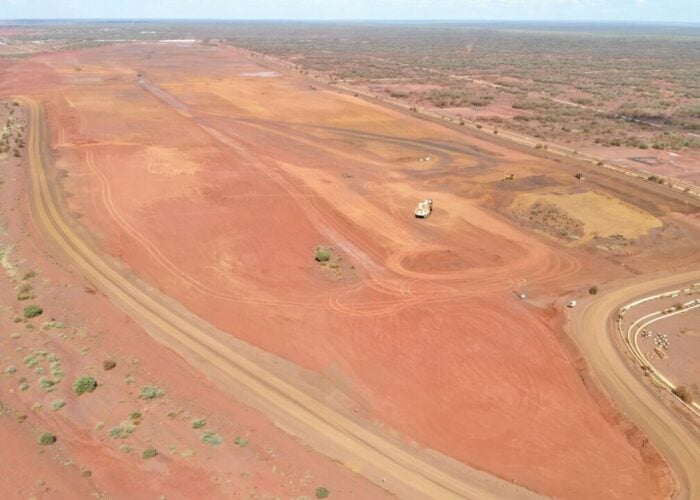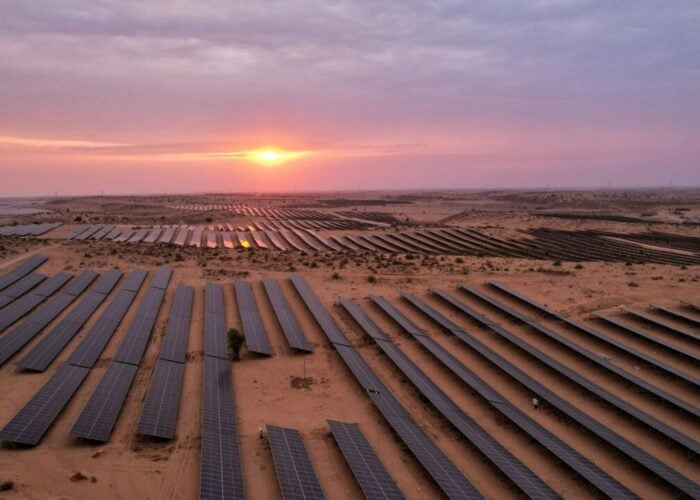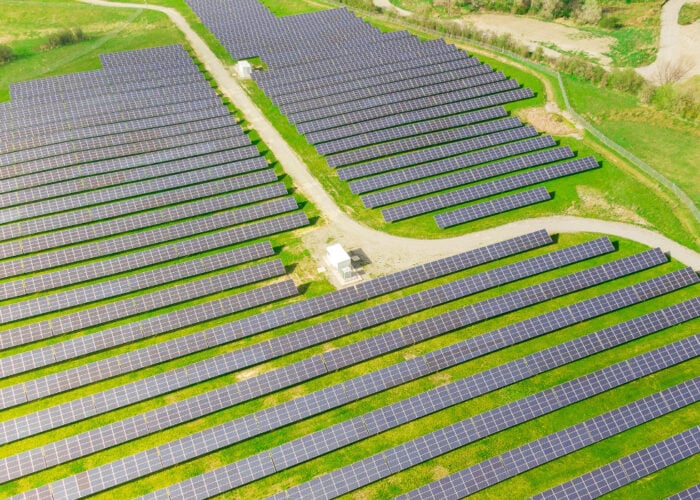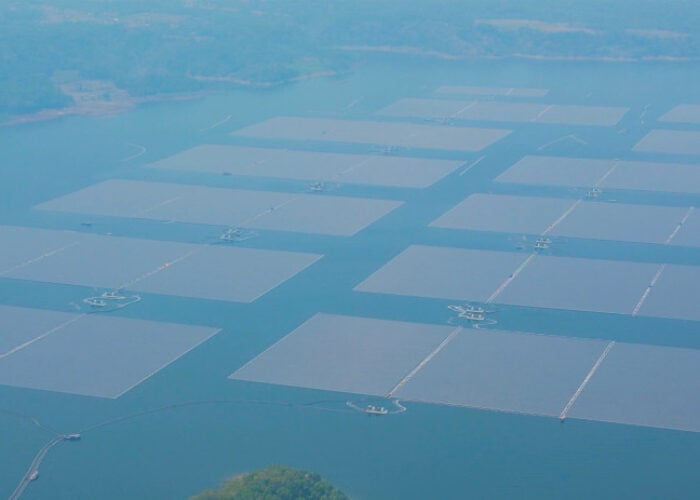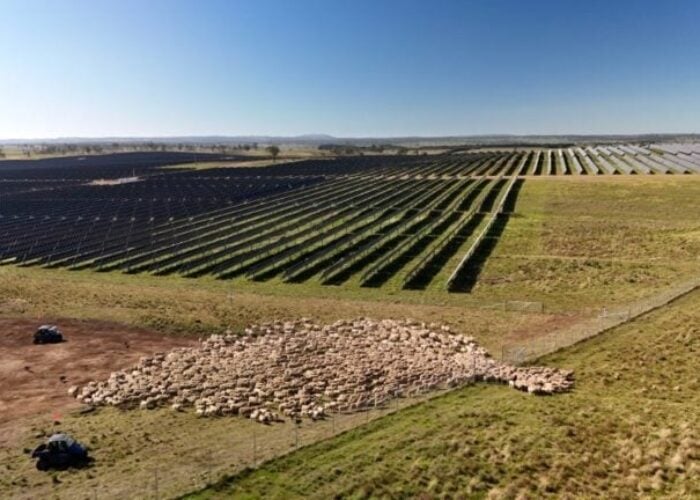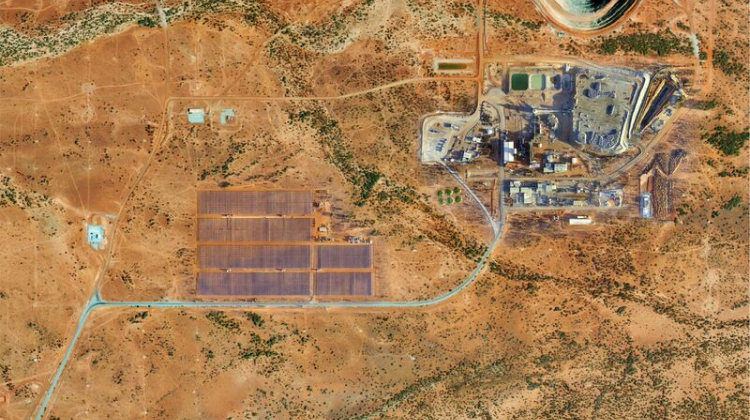
The Western Australian government has released the results of a first-of-its-kind project, which combined hydrogen and solar to create a microgrid.
The project, which is now fully operational, includes a 704kW solar farm, a 348kW hydrogen electrolyser, and a 100kW fuel cell located in the seaside town of Denham. The state government provided A$5.7 million (US$3.84 million) towards the project.
Unlock unlimited access for 12 whole months of distinctive global analysis
Photovoltaics International is now included.
- Regular insight and analysis of the industry’s biggest developments
- In-depth interviews with the industry’s leading figures
- Unlimited digital access to the PV Tech Power journal catalogue
- Unlimited digital access to the Photovoltaics International journal catalogue
- Access to more than 1,000 technical papers
- Discounts on Solar Media’s portfolio of events, in-person and virtual
Or continue reading this article for free
The project also used a 1.5MW/1.7MWh battery energy storage system (BESS) in addition to the other facilities.
Detailed within a Public Knowledge Sharing report, which the government hopes will help “advance knowledge of technology, costs, regulatory requirements, and community sentiment around using hydrogen as a fuel source,” the project produced more than 4,000kg of hydrogen, 40MWh of electricity from hydrogen and 1,800MWh from the solar farm.
The report also details the difficulties of using solar energy for green hydrogen production. Solar generation must be balanced with the loads of the electrolysers and the auxiliary systems needed to run them. A minimum of 35kW grid export must also be left over to meet the project’s base load aim.
Because of this, electrolyser loads needed to be dispatched dynamically by a master controller, as the solar generation varies throughout the day and year.
The electrolyser encountered various key constraints during its operation, which also impacted the solar farm’s output. For instance, one challenge was that the start-up and shutdown sequence, which take around eight and five minutes, respectively, must be continuously powered even if the project is not generating electricity from solar panels.
To prevent the electrolysers from turning off abruptly, a short-term offset strategy was employed for the project. As the sun rose and the solar farm started producing power, the control system started banking the amount of energy exported to the grid until it reached the required amount to power the electrolysers through their start-up sequence and minimum run time.
Once the minimum run time passed, the electrolysers’ load was adjusted to follow the solar output without surpassing it. As a result, the report notes that implementing controlled algorithms for the dispatch of the electrolysers was crucial to the project’s success.
Roger Cook, premier for the Western Australia government, lauded the report and project’s success stating that hydrogen “will have an important role to play” should the state wish to become a renewable energy powerhouse.
“The knowledge we’ve gained through this pilot project will help to guide future remote uses of renewable hydrogen across Western Australia and the rest of the nation,” Cook added.
Co-located projects such as this have garnered increasing attention in recent months, with both Europe and the US considered high-potential markets for building different forms of electricity generation alongside one another.

